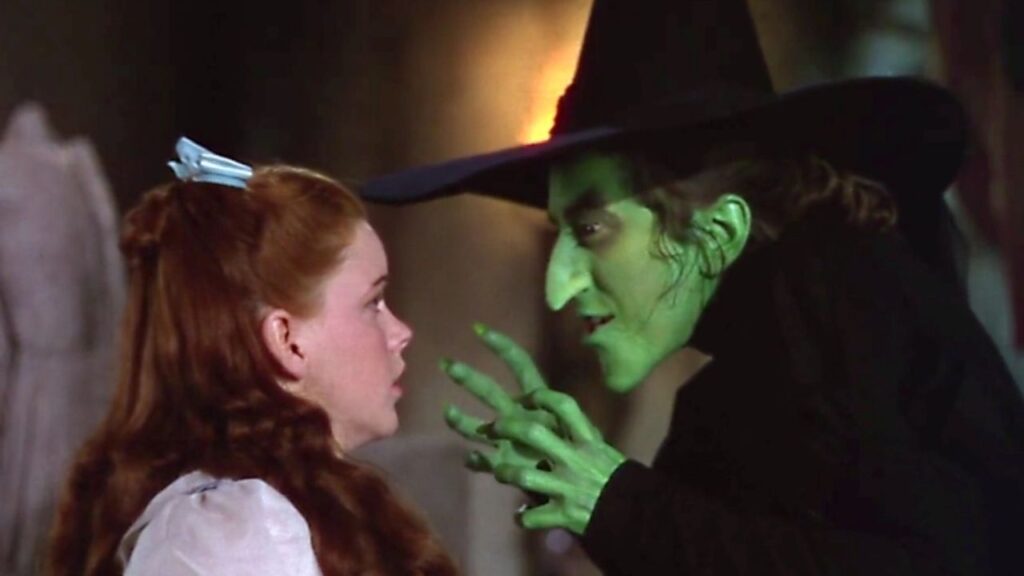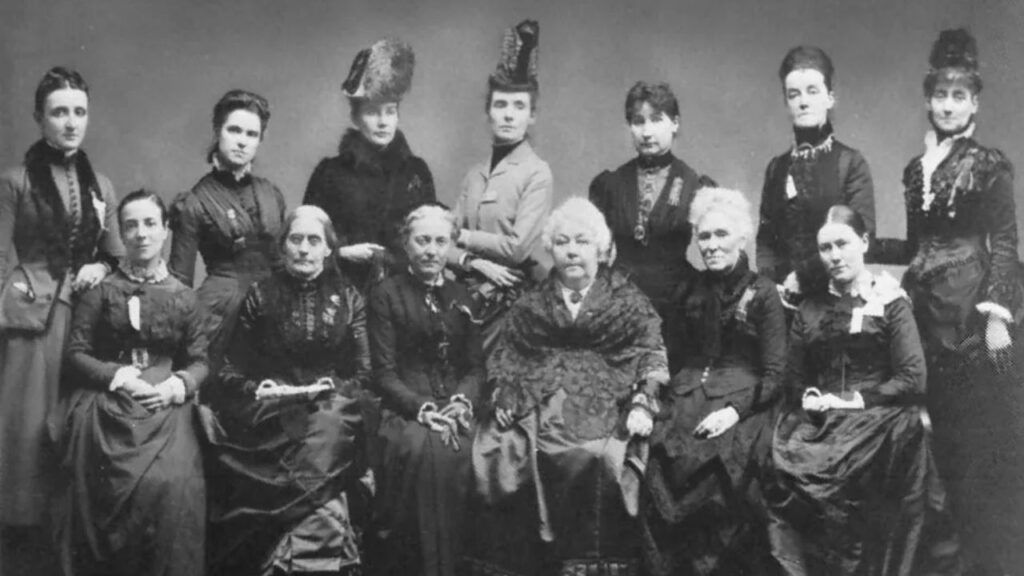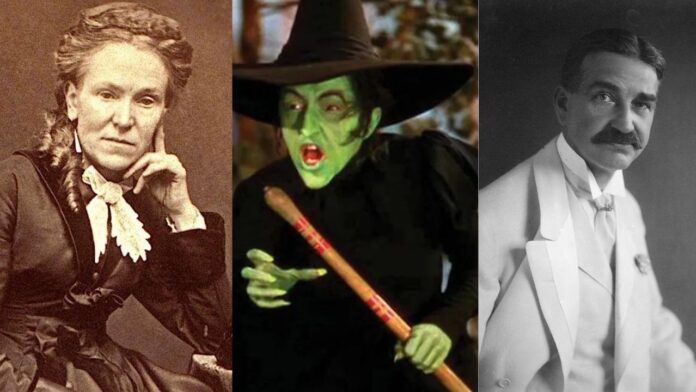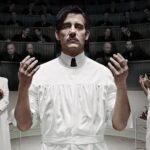We usually think of ‘The Wizard of Oz‘ as a sweet old classic, glittering shoes, a magical road, and a witch who made generations of kids hide behind the sofa. But here’s the part most of us never noticed. The story always had a quiet feminist thread running through it. And, once you understand where that influence came from, the whole picture starts to change.
The witches suddenly feel less like fairytale villains and more like women who were written that way on purpose. And the real twist is that it came from someone in the author’s real life who had far more power than anyone realized. Let’s just say the Wicked Witch wasn’t the only woman people were scared of.
Hidden Feminism Behind The Idea Of Witches In ‘The Wizard Of Oz’

The whole conversation started again after a social media post pointed out a connection that most people had never heard before. Even someone who had followed the women’s movement closely admitted they didn’t know the Wicked Witch of the West was inspired by a real person with a radical past. That surprise hit even harder because they live just minutes from Chittenango, where L. Frank Baum wrote the story, and they spent their childhood going to the local festival and walking on the original yellow brick road.
Related: Ariana Grande’s Glinda Outshines Everyone In Emotional But Uneven ‘Wicked: For Good’ Finale
That curiosity turned into late-night research, which led to articles in Ms. magazine and the New York Historical Society. Both explained that Baum didn’t just come up with powerful witches by accident. Someone in his life contributed to how he saw women long before Dorothy ever landed in Oz, and suddenly the pieces started falling into place. That trail led straight to Matilda Joslyn Gage, Baum’s mother-in-law.
Born in 1826, Gage became a major force in the women’s suffrage movement and helped form the National Woman Suffrage Association in 1869 with Susan B. Anthony and Elizabeth Cady Stanton. But while they focused mainly on the vote, Gage pushed for something even bigger. She wanted the entire system that held women and marginalized groups back to be torn down. Naturally, that didn’t exactly make her the most popular person in the room.
Things got even more tense when she published her book Woman, Church, and State in 1893. In the book, she argued that organized religion reinforced inequality. Her honesty led to her being slowly pushed out of mainstream feminist history, even though her ideas stayed alive.
Matilda Joslyn Gage’s Revolutionary Impact On Oz

After Baum married Gage’s daughter, Maud, in 1882, Gage became a mentor to him. She encouraged him to think differently. And when he wrote ‘The Wonderful Wizard of Oz‘ in 1900, her influence was evident. Instead of writing witches as simple villains, he made them powerful, layered, and human.
In case you missed it: Top 15 Cult Classic Films That Were Box-Office Disasters
The Wicked Witch of the West was a reflection of how society treated outspoken women. Just as Gage was seen as “too radical” even by her own allies. Glinda showed what leadership could look like when women were allowed to guide with strength and kindness. It wasn’t a basic good-witch-bad-witch setup.
Gage also fought for the rights of Black and Indigenous communities and admired the matrilineal structure of Native societies, where women held authority and respect. That same spirit shows up in Oz, where women ran things without needing permission. Gloria Steinem once said Gage was the woman who was ahead of the women already ahead of their time. And we can’t help but agree.





